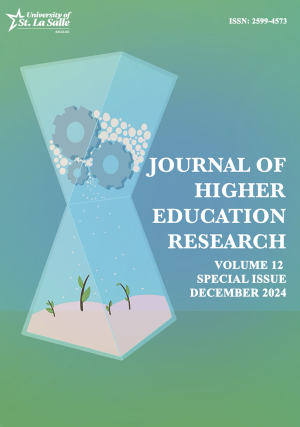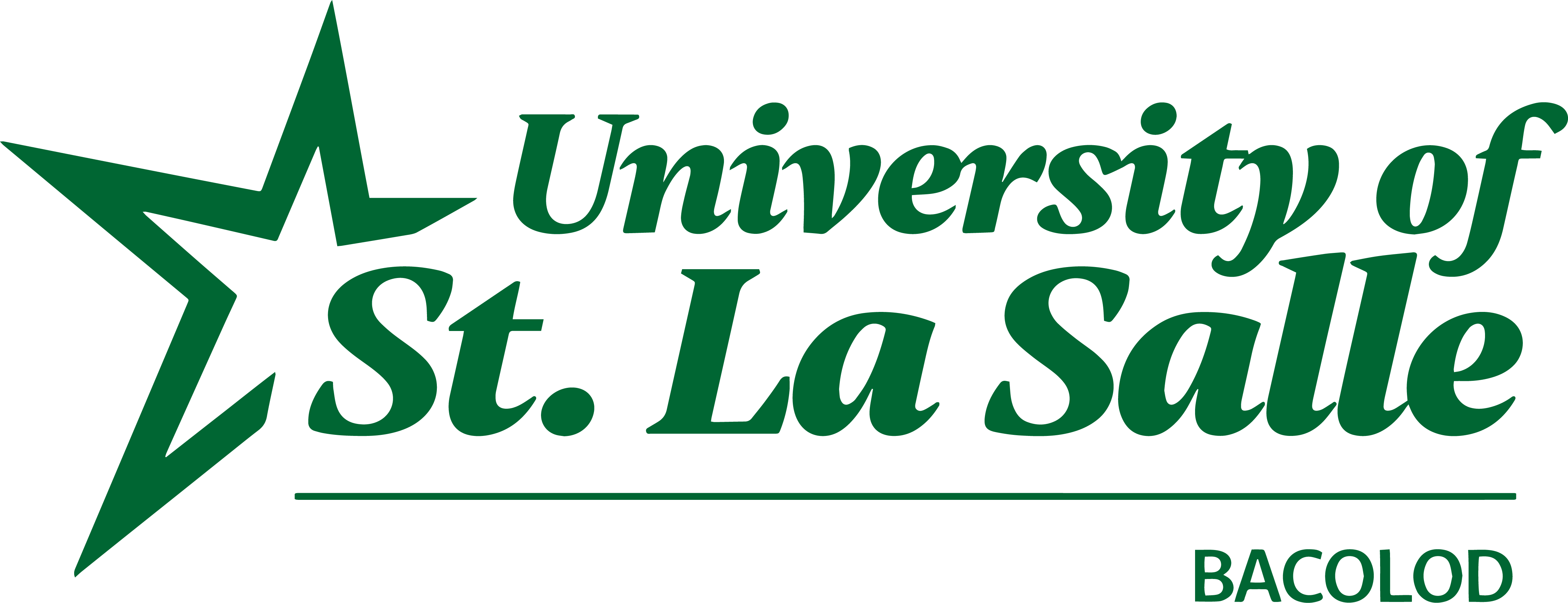Best practices and qualities of most outstanding school heads: A case study
https://doi.org/10.70228/PFREE2024020JHER
Cite this article Read this article
ABSTRACT
This multiple case study explored the best practices and qualities through the life experiences of the most outstanding school heads. Three school heads went through an in-depth interview to reveal factors that contributed to their success as excellent leaders in the division. The study focused on school heads who were awarded in the recent PRAISE AWARDS of the Division of Himamaylan through their PADYA (Performance Awards Dedication Yearly Accomplishments) regardless of age, length of service, and sex, and who were carefully chosen based on the Divisions' criteria for the Most Outstanding Gold Awardee. This study revealed the two key criteria: the leadership qualities of the school head to establish a Champion School and the School Heads’ Best practices in ensuring transparency and accountability in managing school operations and resources, commitment to teaching and learning and ensuring safety, and their openness, sustainability, and vision for building partnerships. The study recommends that principals look into the best practices and culture of excellence that the Most Outstanding School Heads have performed and draw inspiration to excel in their roles. The schools division superintendent may develop and review the criteria for selecting the Most Outstanding School Heads. These criteria should consider various factors deemed necessary based on the success stories and challenges faced by the school heads. They may also create a manual of a Most Outstanding School Head, which might be shared with the school heads to serve as the basis for performing their respective roles.
Keywords: Most Outstanding School Heads, best practices, qualities, Gold Seal of Excellence

Volume 12 Special Issue, 2024 EDITION
Published 2024
Editor's Note
Across every level of education, leadership and governance shape the direction, culture, and success of learning communities. In times of change and uncertainty, the strength of our schools depends on leaders who can balance vision with action, empathy with accountability, and innovation with tradition. This Special Issue of the Journal of Higher Education Research turns the spotlight on those leaders—documenting their strategies, challenges, and achievements, and offering practical models for others to follow. Carcueva and Ureta provide a closer look at the Philippine Professional Standards for School Heads (PPSSH), examining how career stages align with leadership practices and performance. Meanwhile, Toreta and Ureta showcase the best practices and qualities of the most outstanding school heads, whose leadership fosters excellence, transparency, and sustainable partnerships. Tingson and Leonor examine the relationship between emotional leadership and teachers’ work engagement, providing insights into how supportive leadership styles impact morale and commitment. Miraflores and Leonor evaluate the Project FREE Paglaum Scholarship Program, revealing its substantial impact on teachers’ professional advancement and career progression. Gomez and Ramos chronicle the “metamorphic transition” of Teachers-in-Charge from classroom educators to effective school leaders. At the same time, Salmorin and Ureta examine leadership practices and resilience as predictors of school manager performance in the dynamic and uncertain VUCA environment. Jalwin and Yap present a structural equation model that links leadership practices, organizational culture, self-efficacy, and school quality, shedding light on the complex interplay among these variables. Amisola and Leonor assess School-Based Management (SBM) practices, advocating for a continuous quality improvement program to strengthen educational autonomy and performance. Celeste and Amparo highlight the influence of spiritual leadership on teachers’ organizational commitment, suggesting that values-driven leadership serves as a catalyst for workplace satisfaction and retention. Collectively, these works reveal that effective educational leadership is not confined to administrative skill—it is rooted in vision, empathy, resilience, and a steadfast dedication to fostering environments where both educators and learners thrive. We extend our deepest gratitude to the authors for their invaluable contributions, to our peer reviewers for their discerning feedback, and to the Publication and Engagement Office led by Dr. Lota Largavista for their unwavering support in realizing this special edition. May the insights in this special issue serve as both a guide and an inspiration—equipping educational leaders and policymakers with the wisdom, courage, and innovative spirit needed to shape schools that not only respond to the challenges of today but also create the possibilities of tomorrow. Sincerely, JOVAL N. MARTINEZ Editor-in-Chief


